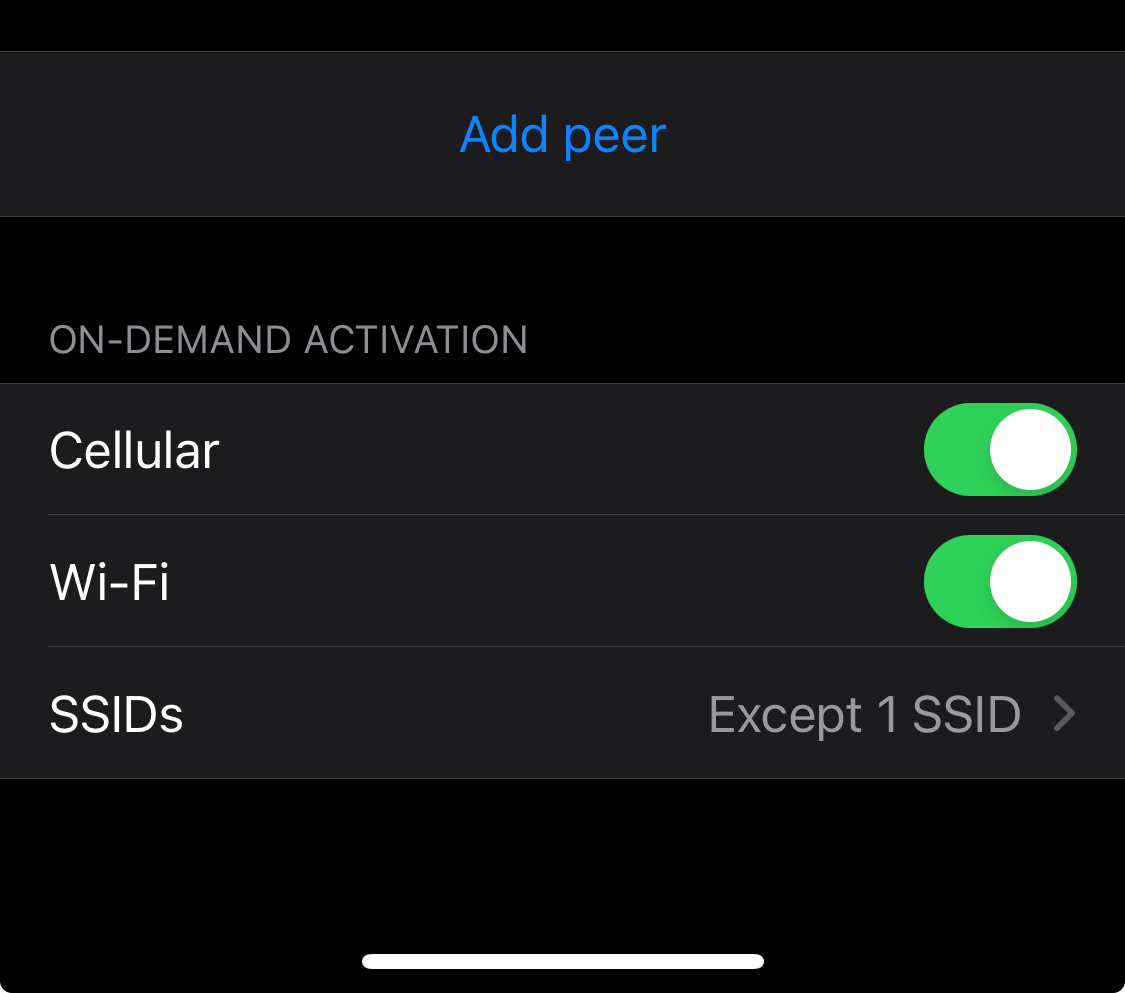

That’s a shame irrespective of the drama. Asahi is surprisingly good. Installation is (relatively) straightforward.
I’ve got it on my primary laptop. I don’t use it frequently because battery life is poor compared to MacOS and I can’t use an external display but it’s an impressive achievement and I’m sure it will only get better. I haven’t used fedora in 20 years but it’s slick and easy and most of it just works. It looks just like my Linux workstation desktop.




For the most part Garuda has a GUI for everything. It’s Arch on easy mode and it’s most excellent for new and seasoned users alike.
I tried it only because I wanted to give Linux gaming a try and I struggled to get any other distribution to work with my graphics card - I liked it so much I switched to it permanently for my work desktop as well.